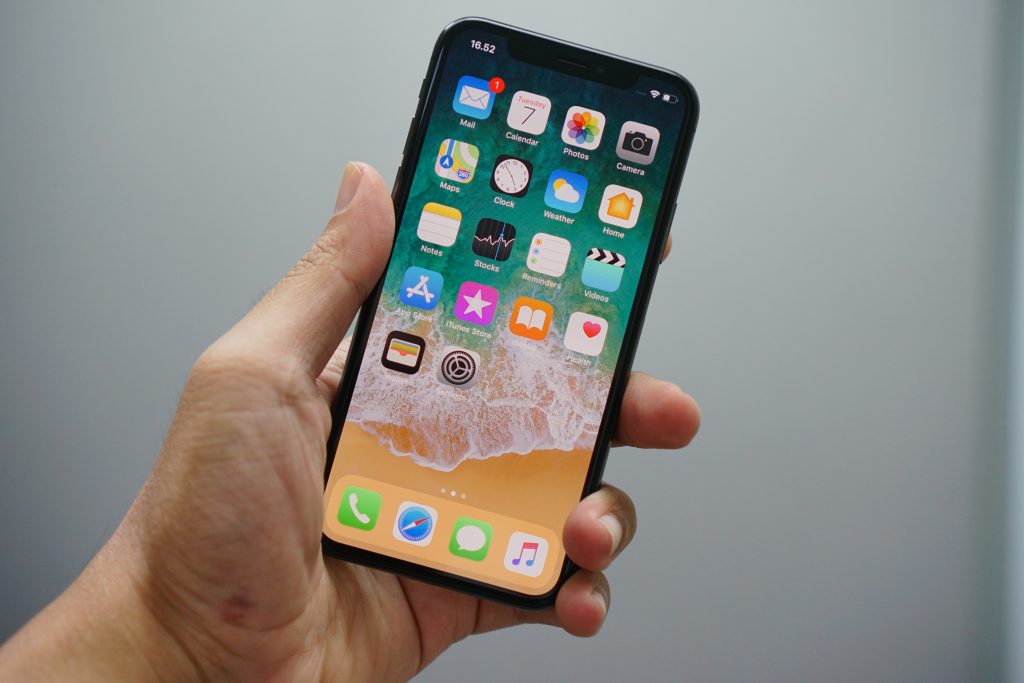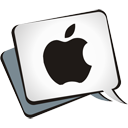Seamless Transition to a New Data Environment
Data migration is a critical aspect of the smartphone experience. Nowadays, we constantly upgrade our new phones to be equipped with the latest technology.
However, the excitement of getting a new iPhone can be overshadowed by the daunting task of transferring data from the old device. This is partly due to the sheer amount of photos, apps, and data we store on our phones. This makes data migration a critical aspect of the smartphone experience.

Fortunately, new technologies have made data migration a piece of cake. In this article, we’ll explore strategies iPhone users can use to seamlessly transition to a new data environment.
Quick Transfer
Quick Transfer is ideal for people who already own an iPhone and are upgrading to a newer model. This data migration option will appear when you first open your new iPhone.
How it Works: The Quick Transfer feature automatically helps you set up your new iOs device automatically.
Pros: Transfer time is usually quick. You can complete your transfer within 30 minutes if you have a good WiFi connection. Quick Transfer also allows you to skip all the steps related to setting up your Apple ID and iCloud.
Cons: Both devices must be physically present and charged when using Quick Transfer. So if you’ve decided to sell your previous phone prior to setting up your new iPhone, Quick Transfer isn’t a data migration option.
iCloud Backup
For those embedded within the Apple ecosystem, iCloud offers a straightforward way to back up and restore data. iCloud is a cloud computing and storage service provided by Apple. Anyone with an Apple product can access it, allowing users to store, sync, and backup their data across devices.
How it Works: iCloud automatically backs up your device daily when it’s connected to Wi-Fi and plugged into a charger. Before migrating your data, you should go to Settings > [your name] > iCloud > Manage Storage > Backups. Select your device and ensure your most recent backup is up-to-date.
Pros: No cables needed, and backs up nearly everything. iCloud also provides an option to restore during a new iPhone setup. It also ensures that your data is accessible on different Apple devices. So if you lose or break your iPhone, you can use another Apple device to access your iCloud.
Cons: Limited to the storage capacity of your iCloud account. Users with larger data might need to buy more storage. If you store large amounts of data, iCloud still works, but it won’t be the ideal option.
iTunes Backup
iTunes (or Finder on macOS Catalina and later) provides a localized backup alternative for those wary of the cloud or lacking ample iCloud storage. This option is also great for those who prefer to keep their data offline.
How it Works: Connect the old iPhone to a computer, open iTunes (or Finder), and choose ‘Back Up Now.’ iTunes (or Finder) will start creating a complete backup of your iPhone’s data. The time this takes depends on the amount of data on your device.
Pros: Faster restores and no need for Wi-Fi. iTunes backups also aren’t constrained by iCloud storage limits, making it suitable for users with extensive data.
Cons: Requires a computer and can be limited by the computer’s storage capacity.
Third-party Tools: More Control & Flexibility
Several software solutions like AnyTrans and MobileTrans give users more granular control over what gets migrated. These solutions will already do the data migration for you. Depending on your chosen software solution, you’ll only have to follow a few simple steps.
How it Works: Connect both iPhones to a computer, select desired data, and initiate the transfer. Follow the instructions on the app or website on how you can facilitate the data migration.
Pros: Offers more customization on what data to move. Can also help in cross-platform migrations (e.g., Android to iPhone).
Cons: Might not be free and requires trust in third-party applications. Since these software solutions aren’t from Apple, you may run the risk of viruses and hackers.
Essential Tips for a Smooth Migration
To ensure you easily transition to a new data environment, here are some essential tips to follow:
- Software Updates: Ensure both the old and new devices are on the latest iOS versions. This reduces compatibility issues.
- Charge Up: Both devices should be sufficiently charged, especially if using the direct migration tool.
- Wi-Fi is Crucial: A stable Wi-Fi connection is essential for iCloud backups and restores.
- Double-check: After migration, go through the new iPhone to ensure contacts, photos, apps, and other crucial data are in place.
The Bottom Line
Migrating to a new iPhone should be an easy experience for all Apple users. There’s no need to fuss about complicated setups. Apple and other software companies have made data migration easy for you.
The options above are just some ways to seamlessly transition to a new data environment. Remember, preparation is key: back up, stay updated, and choose the method that aligns best with your needs.
Bash Sarmiento

Bash Sarmiento is a writer and an educator from Manila. He writes laconic pieces in the education, lifestyle and health realms. His academic background and extensive experience in teaching, textbook evaluation, business management and traveling are translated in his works.



Leave a Comment
You must be logged in to post a comment.